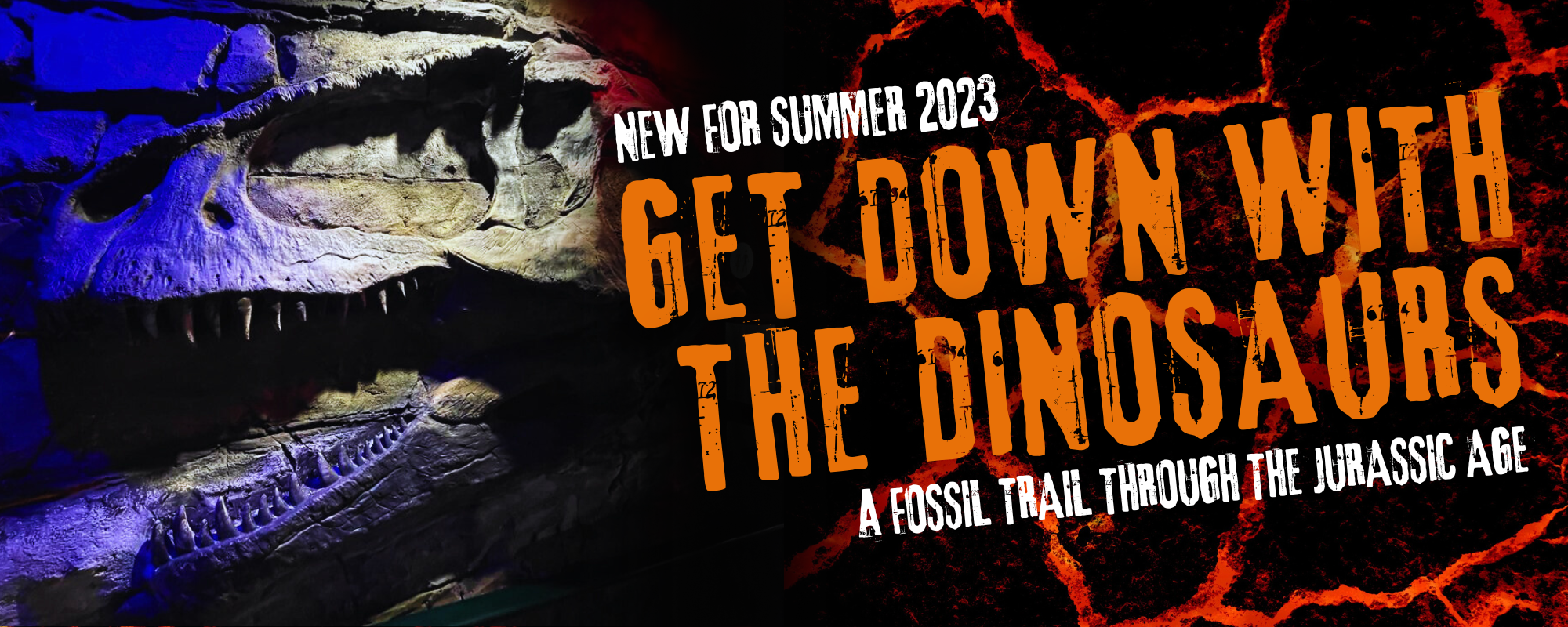As you enter the aquarium, and you take the plunge downstairs to meet our first animals, you’ll travel back millions and millions of years to the time of the Dinosaurs. Not only is studying dinosaurs crucial because it helps us understand Earth’s ancient history and the evolution of life, but they are just cool and everyone loves them, right?
Dinosaurs ruled the planet millions of years ago and studying their fossils provides valuable insights into their anatomy, behaviour, and environment. By examining their bones and tracks, scientists can reconstruct their ecosystems, learn about their diets, and even understand their social structures.
Our ‘down with the Dinosaurs’ exhibit is packed with dino fossils plus loads of fun facts and interesting information so be sure to take your time.



